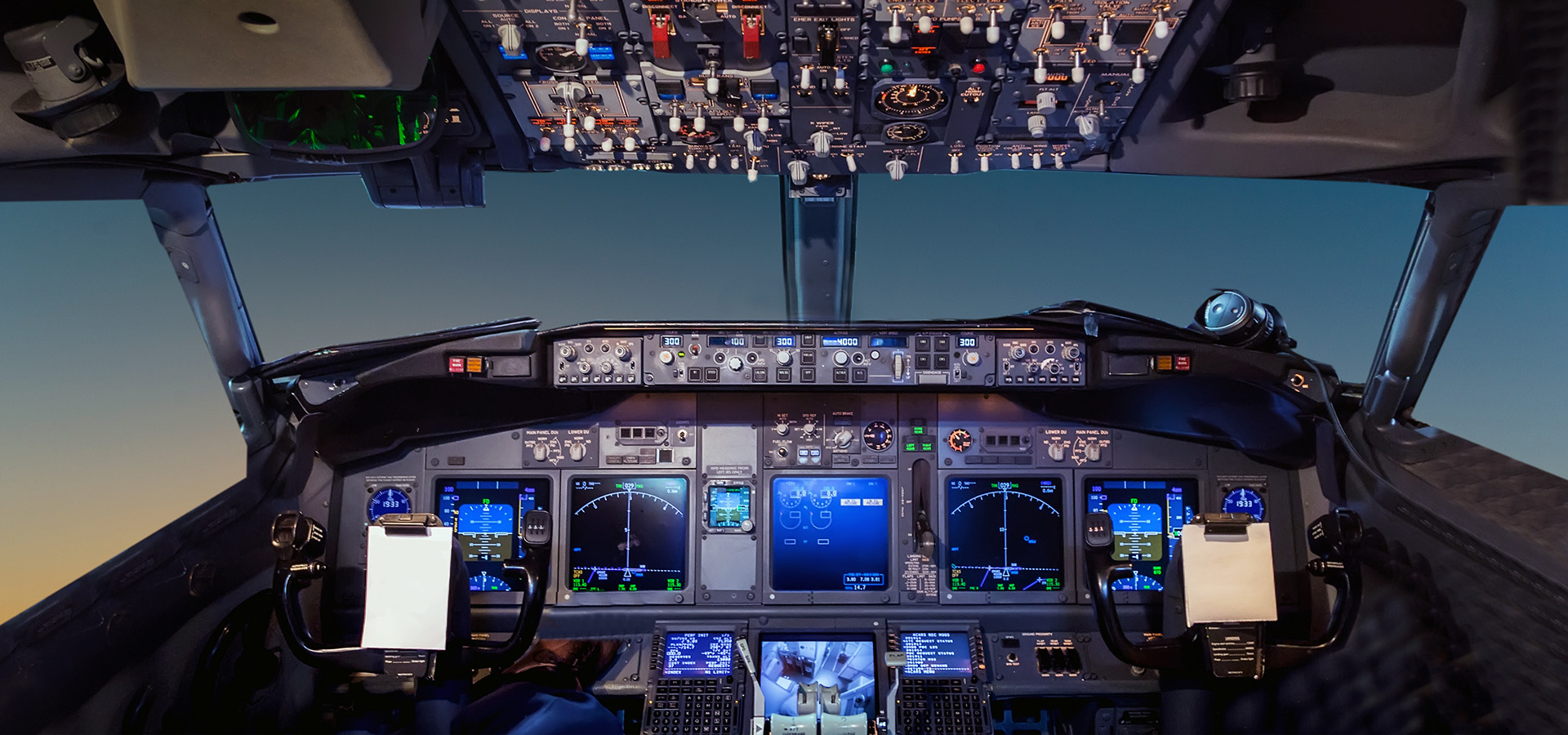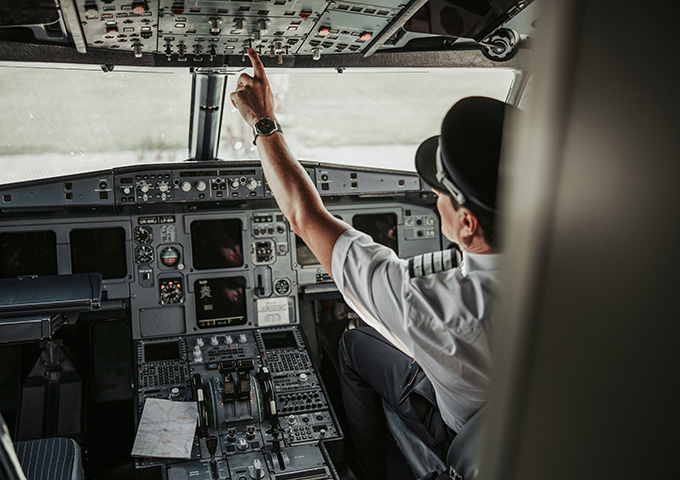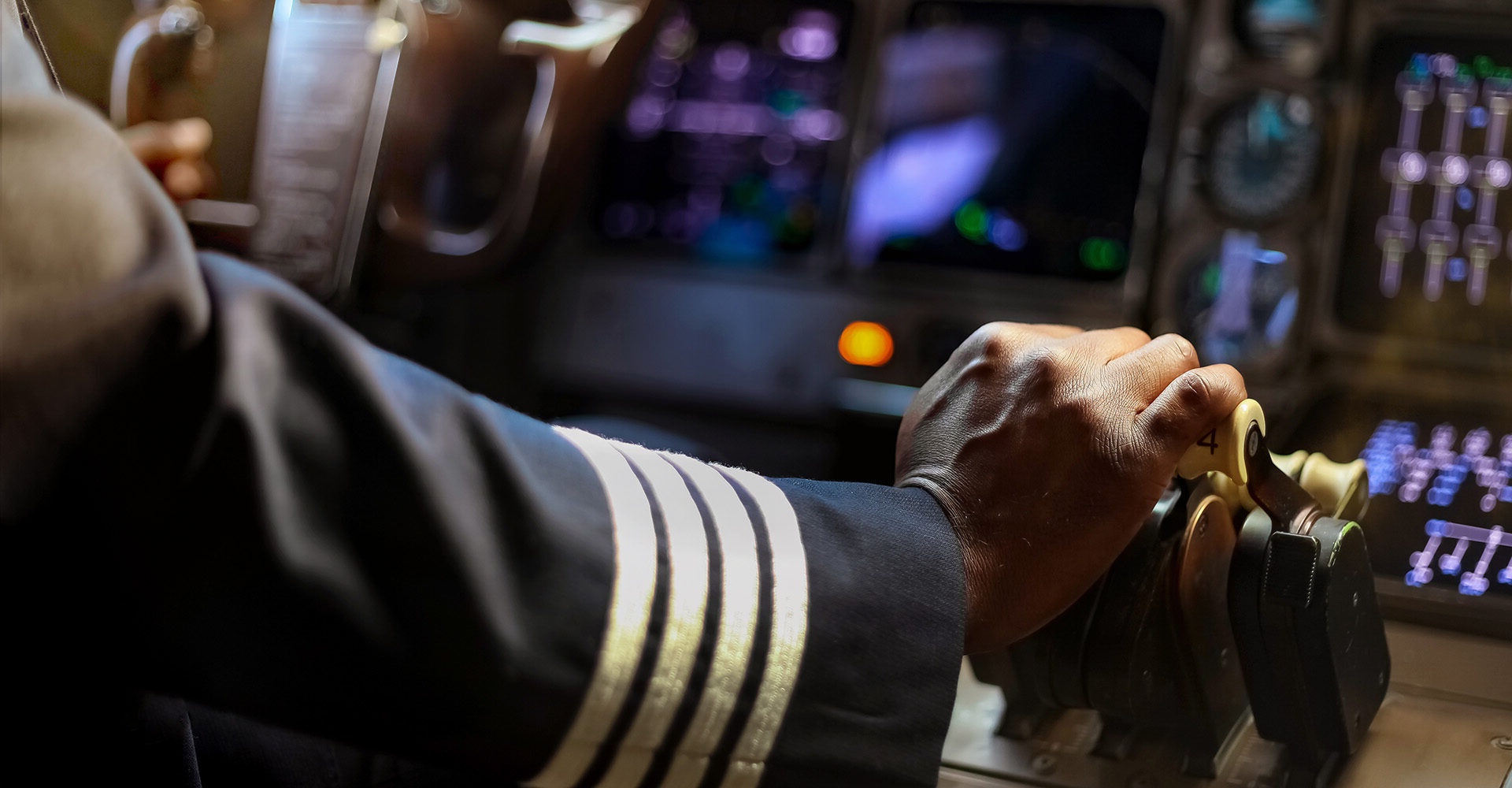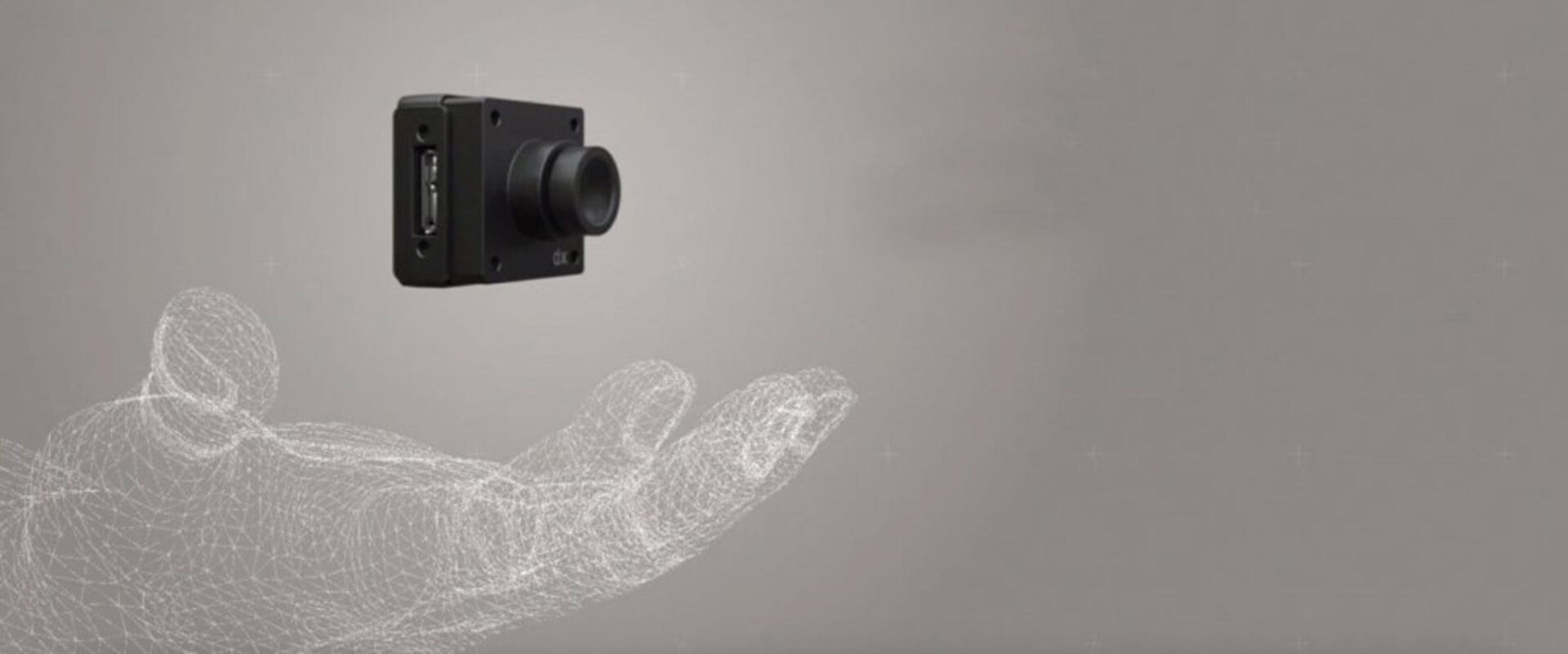EN

Eye tracking technology for optimizing flight safety and pilot performance
In aviation and aerospace, Smart Eye is enabling researchers, pilots and operators to reach new insights and perform at their best – on the ground and 30,000 feet above it. Improving human-machine interaction and raising safety standards.
Aviation and aerospace are both highly automated fields, relying on successful and efficient human-machine interaction. By analyzing how pilots perceive and respond to automation, Smart Eye’s eye trackers are furthering human factors research for smoother and safer air travel. With the precision offered by our technology, researchers are able to analyze human factors like spatial disorientation and performance, accurately and without any danger.

3D tracking, remote tracking, multi-camera systems – these are terms we keep tossing around, but it’s not always clear how features like these relate to aviation research. In this webinar, we summarize the knowledge and experience we’ve gained from over 20 years in the industry in order to introduce you to the unique features of the remote 3D multi-camera eye tracking method.

Almost half of today’s aviation accidents are due to inadequate scanning of important parameters in the cockpit. By analyzing the pilots’ gaze movement, head pose, pupillometry and eyelid movements, Smart Eye’s eye trackers help detect distraction and drowsiness. Our eye tracking technology is a central part of pilot monitoring systems, detecting scanning errors and improving flight safety in any aircraft.
A highly skilled pilot is essential to safe air travel. In flight training, Smart Eye’s technology is used to enhance the scanning techniques of future pilots. The real-time data offered by our eye trackers can be analyzed to detect the strengths and weaknesses of a pilot recruit – effectively improving performance.

Global demand for commercial airline pilots will likely be twice as high in just 20 years. This upcoming mass-recruitment of pilots means pilot training systems will need to improve their training effectiveness, especially within performance. When searching for a system that allowed them to track eye movements with the highest possible precision, researchers at Hinfact came across Smart Eye.

As the world’s most advanced remote eye-tracking system, Smart Eye Pro features the best combined head box, field of view and gaze accuracy on the market. The preferred research partner for car and flight simulators, vehicle studies, multi-screen or control room environments, long-range tracking, mobiles, tablets and single screens around the world.
Want to know more about our solutions for aviation and aerospace research?
Send us your request and we’ll be happy to set up a live demo!
